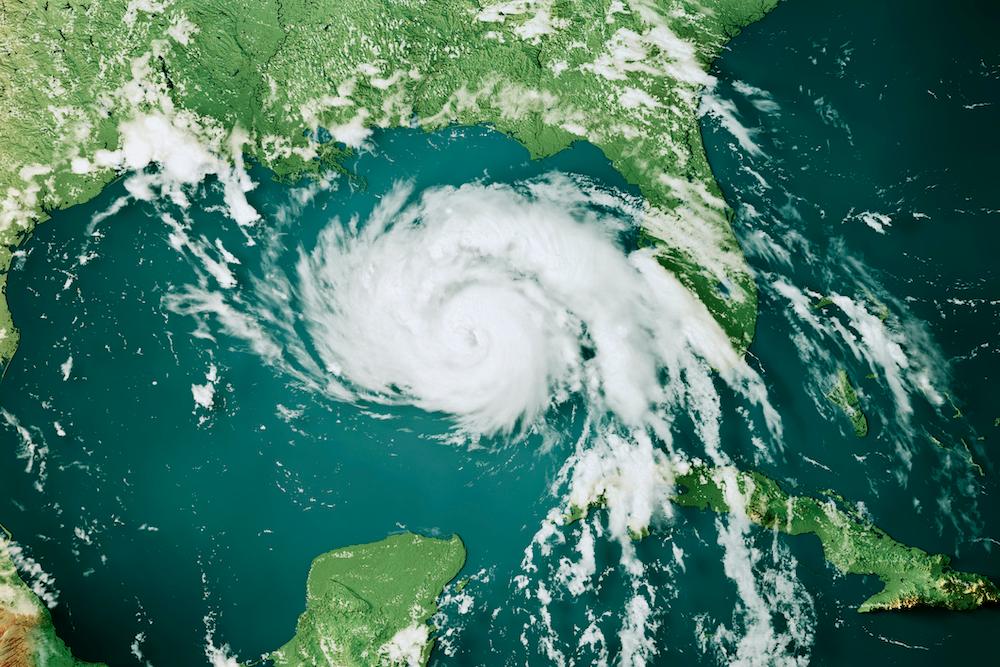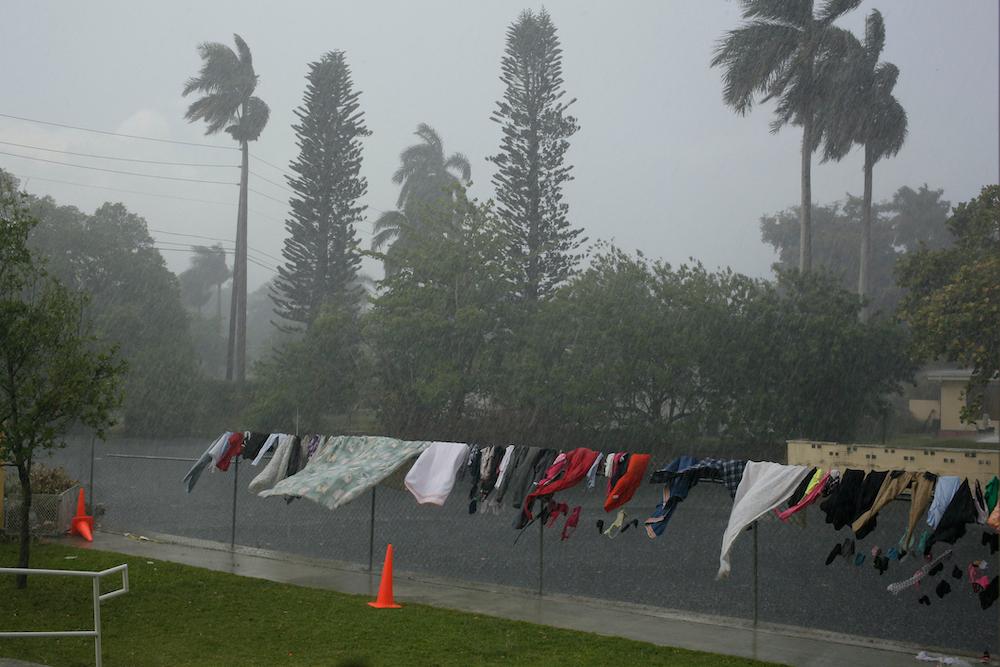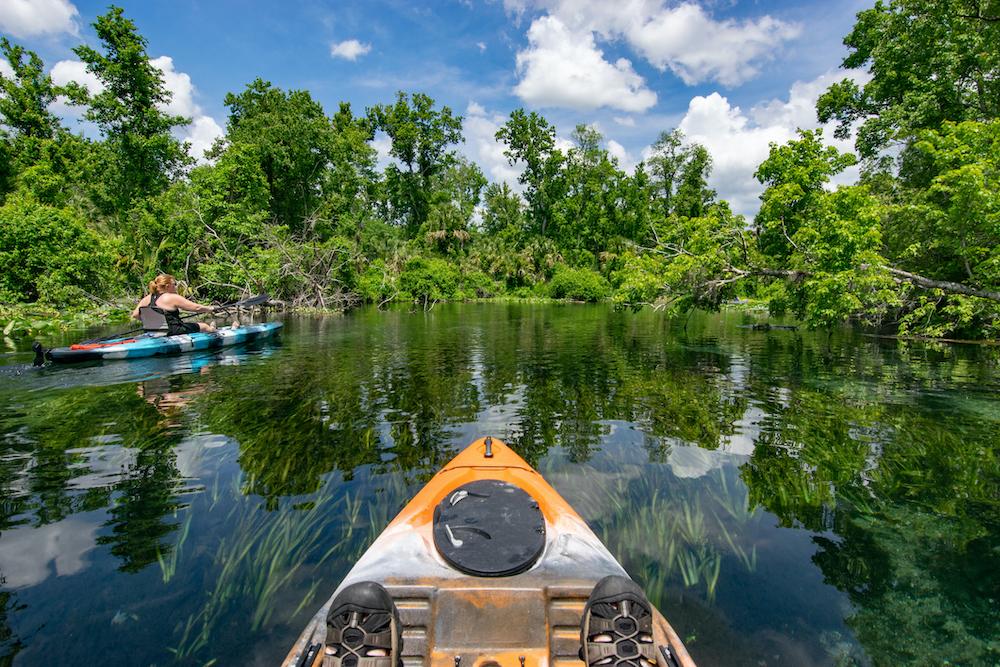As Storms Get Bigger and Stronger, This Florida City Could Be a Safe Haven from Hurricanes
Climate change is creating a greater flood risk from hurricanes, so many are looking for hurricane-safe places in Florida.
Published May 17 2024, 9:35 a.m. ET

Florida experiences more hurricanes than any other state, and according to the Environmental Defense Fund, sea level rise caused by climate change has created a greater flooding risk for hurricane-prone areas in Florida. In 2022, Hurricane Ian struck the Fort Myers area as a devastating category 4 hurricane, generating a 13.8-foot storm surge, the highest Southwest Florida had seen in 150 years, around 13.8 feet.
With storms predicted to be getting stronger, many people are rethinking their decisions to live in coastal Florida. An article in the Wall Street Journal outlined data from an artificial intelligence forecasting model as to which areas of Florida were least likely to experience hurricanes, flooding, and high winds, and the AI results pointed to one city in particular: Ocala.

Why Ocala, Florida, is a safe haven from hurricanes:
Ocala is located in the middle of the state, about 38 miles south of Gainesville, and about 80 miles north of Orlando. According to the Wall Street Journal, Ocala’s central location means it has the lowest risk of coastal flooding, and based on the AI mapping, it also has the lowest risk of being impacted by inland flooding (and coastal flooding).
This doesn’t mean that Ocala won’t be impacted by hurricanes, or that these storms won’t pass over the area. However, Ocala is far enough inland that by the time the storm reaches the area, it won’t be as strong as it was along the coast. During storms like Hurricane Idalia (2023) and Hurricane Ian (2022), Ocala experienced wind and rain, but was spared significant damage like other parts of the state, per the Ocala Star Banner.

Is Ocala a good place to live?
Ocala sees warm weather year-round, with average lows in the winter around 46 degrees and comfortable, dry days. Summers are very hot and humid, with high temps in the low 90s, and Ocala doesn’t have the benefit of an ocean breeze like coastal Florida has. So if you’re thinking about moving there, make a new friend with a boat or a pool!
Ocala is known for its equestrian roots, with many horse riding trails throughout the area, and equestrian shows and competitions. Although Ocala is a fairly small town, it sees a lot of tourism to the beautiful freshwater springs and camping and hiking in state parks and protected lands like the Ocala National Forest.

The nearby Silver Springs State Park is home to a gorgeous first-magnitude spring and is known for its famous glass bottom boat tours (and also for the monkeys with herpes living in the park who were originally brought to the area to attract tourists, but let’s not get into that). Ocala offers plenty of kayaking and canoeing opportunities, golf courses, and it’s also one of the only areas in Florida to offer zip lining tours over a canyon.
If you prefer a smaller-sized community over a city, a reasonable cost of living, enjoy spending time outdoors, and enjoy not experiencing hurricanes, Ocala is a good place to live.
Is Ocala safe from other natural disasters?
In addition to being "safe" from hurricanes, according to the Weather Channel, Ocala is not an area that is particularly prone to tornadoes. However, it's located in what’s known as Florida’s “sinkhole alley.” Due to the porous nature of limestone, which Florida’s landscape is made from, the ground can break down over time and collapse into a large, deep hole. Although sinkholes are often isolated events, they do sometimes occur in sets, per the Florida Department of Environmental Protection.
According to the Florida Museum, land development, which divert rainwater, combined with climate change, is causing sinkholes to occur more frequently because increased rainfall levels can permeate the soil, causing unstable conditions. Rather than try to flee to areas that are “safe” from increasing natural disasters, as a society, we should focus on trying to mitigate the role that human impact is playing in these events.